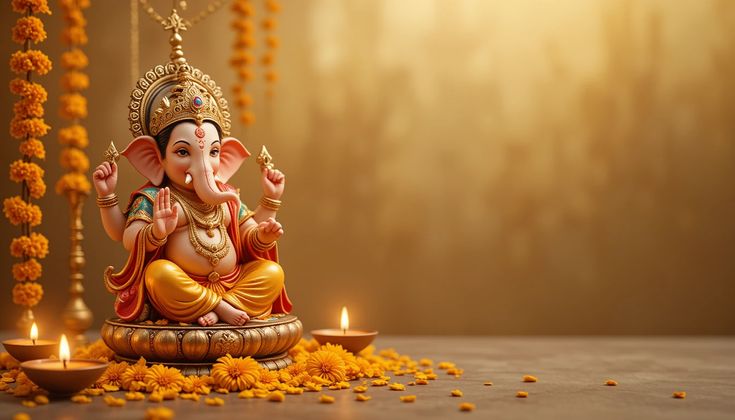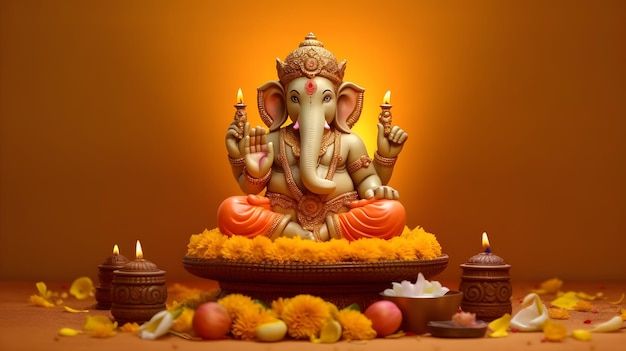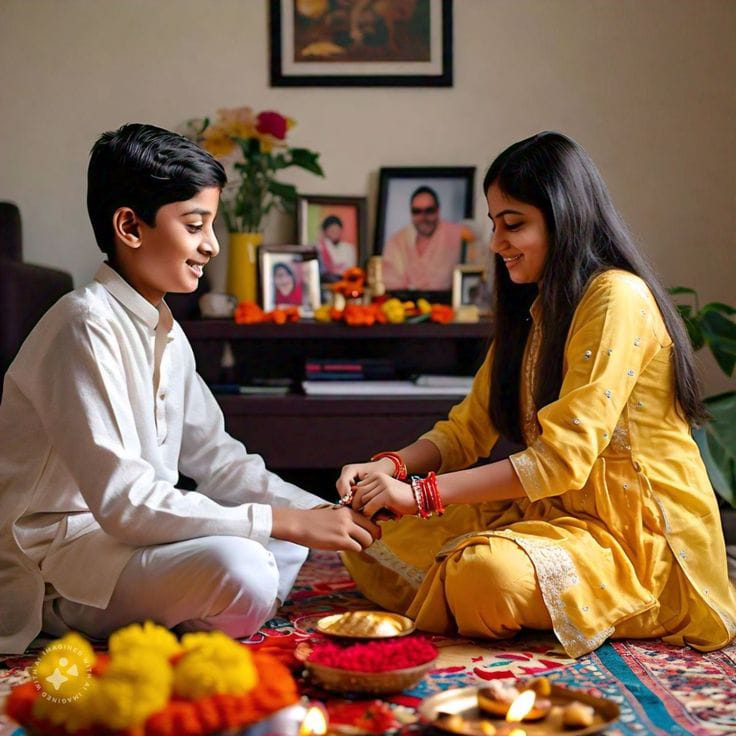Ganesh Chaturthi 2025: Significance, History, and Celebrations
Ganesh Chaturthi 2025, also known as Vinayaka Chaturthi, is one of the most celebrated Hindu festivals in India and among devotees worldwide. It is dedicated to Lord Ganesha, the beloved elephant-headed deity who symbolizes wisdom, prosperity, and the remover of obstacles. In 2025, Ganesh Chaturthi on Friday, August 27 will be celebrated with great devotion and enthusiasm, bringing together millions of people across India and beyond.

Date of Ganesh Chaturthi 2025
Ganesh Chaturthi falls on the fourth day (Chaturthi) of the Shukla Paksha in the month of Bhadrapada according to the Hindu lunar calendar. In 2025, the festival will be observed on Friday, August 27, 2025. The auspicious timing for the Ganesh Sthapana (installation of the idol) and puja will begin in the morning hours after sunrise and continue until the Chaturthi Tithi.
The Legend Behind Ganesh Chaturthi
According to ancient scriptures, the origin of Lord Ganesha is filled with divine symbolism. It is believed that when the gods and sages prayed for a deity who could remove obstacles and bless new beginnings, Lord Shiva and Goddess Parvati created Ganesha as their son. In another tradition, it is said that Ganesha emerged from the brilliance of Lord Shiva’s third eye, embodying wisdom and purity. His elephant head represents strength, intelligence, and the ability to overcome challenges, while his large ears symbolize the importance of listening to prayers and guiding devotees.
Over time, Ganesha came to be worshipped as Vighnaharta (the remover of hurdles) and Siddhivinayaka (the granter of success), making him one of the most loved deities in Hinduism.This tale forms the essence of Ganesh Chaturthi, reminding devotees of faith, devotion, and the importance of beginnings with positivity.
Rituals and Traditions
The festival begins with the pranapratishtha, a ritual that invokes life into the idol of Lord Ganesha, performed with mantras, Vedic hymns, and offerings. Families bring home clay idols of Ganesha, while public mandals (community groups) install massive, beautifully decorated idols for collective worship.
- Daily Aarti and Offerings: Devotees perform morning and evening aartis, offering flowers, modaks (sweet dumplings considered Ganesha’s favorite), durva grass, and coconut.
- Eco-Friendly Idols: In recent years, there has been a rising awareness about using eco-friendly idols made of clay and natural colors to prevent water pollution during immersion.
- Visarjan (Immersion): On the final day, known as Anant Chaturdashi, idols are carried in grand processions with chants of “Ganpati Bappa Morya” before being immersed in rivers, lakes, or the sea.Visarjan symbolizes life’s cycle, teaching that every farewell invites renewal.
Celebrations Across India
In Maharashtra, Ganesh Chaturthi is celebrated grandly in cities like Mumbai and Pune, where enormous pandals display artistic idols, cultural programs, and spiritual devotion, drawing countless devotees to experience the festival’s vibrant atmosphere.
- Goa and Karnataka: The festival is marked by cultural performances, folk music, and traditional rituals.Tamil Nadu, Andhra Pradesh & Telangana: Known as Vinayaka Chavithi, families celebrate with homemade idols and traditional feasts.
- North India: Though not as grand as in the West, states like Uttar Pradesh and Delhi also witness growing public celebrations.Ganesh Chaturthi 2025 has now crossed Indian borders, with celebrations held in the US, UK, Canada, Mauritius, and other countries with Indian communities, symbolizing cultural unity.
Cultural and Social Significance
The modern form of Ganesh Chaturthi 2025 celebrations was popularized by Lokmanya Bal Gangadhar Tilak in the late 19th century. He transformed it from a private household ritual into a large public festival to unite people during India’s struggle for independence. This aspect still holds true today, as the festival fosters unity, joy, and togetherness in communities.Moreover, Ganesh Chaturthi has a deep cultural aspect. From classical dance performances to modern musical shows, art exhibitions, and theater, the festival blends spirituality with creativity. It is also a time when artisans, craftsmen, and small vendors earn their livelihood, making it socially significant.
Ganesh Chaturthi 2025: A Time for Reflection
With changing times, Ganesh Chaturthi adapts beautifully while preserving traditions. In 2025, themes of eco-consciousness and sustainable celebrations are expected to dominate. Many communities are opting for idols made of biodegradable materials, natural clay, or even plantable Ganeshas that grow into trees after immersion.Ganesh Chaturthi 2025 reminds us to blend spirituality, unity, and eco-consciousness, celebrating traditions while embracing responsibility towards community and environment. It is a time to begin new ventures, seek wisdom, and spread joy. With faith in Lord Ganesha, devotees believe obstacles will be removed, paving the way for success, prosperity, and peace.
Conclusion
Ganesh Chaturthi 2025, celebrated on August 27, will once again fill streets, homes, and hearts with devotion, music, colors, and joy. Rooted in mythology yet relevant to modern life, the festival teaches lessons of humility, unity, and reverence for nature. Whether celebrated in a grand public pandal or quietly at home, the essence remains the same — welcoming Lord Ganesha as the harbinger of good fortune and wisdom.



